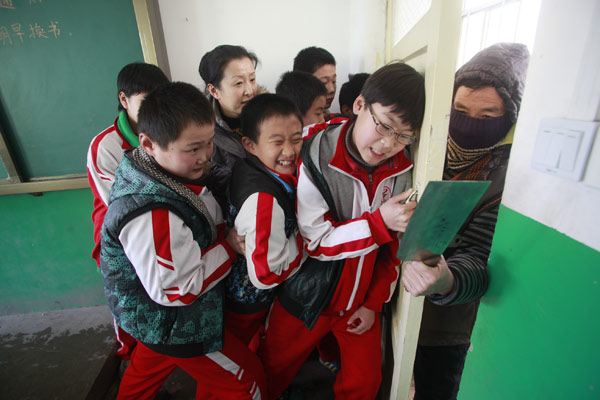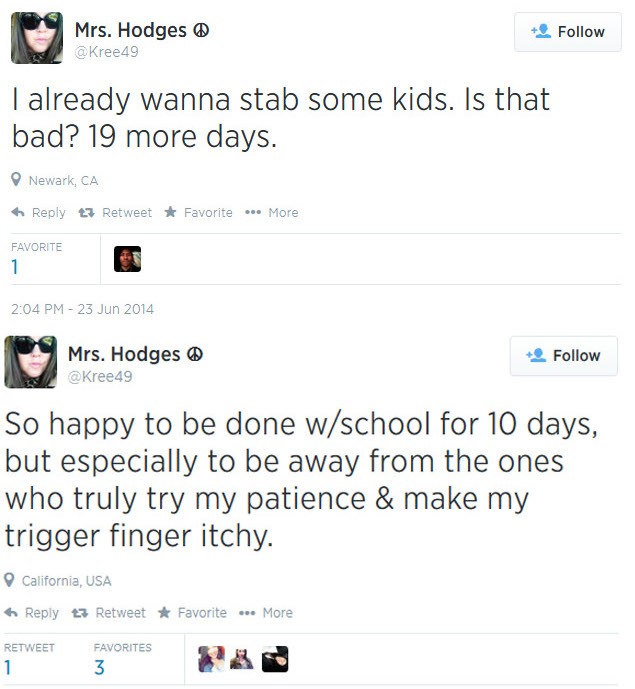School Attacks
Two different school attacks show that school safety isn’t just an American problem. In Hubei Province, China, a man went on a stabbing spree, killing three children in Dongfang Primary School. He was reportedly upset that his daughter did not get into the school after failing to complete a summer assignment. He entered the school and stabbed eight children and a teacher before jumping off a building, killing himself.
In the Philippines, a policeman went to the Lingayen National High School in Pangasinan to collect a debt. For a yet unknown reason, he opened fire in front of a classroom of the school, killing the debtor and two others. He was taken into custody.

Chinese school children practice defending themselves from an attacker
School Attack Analysis
The safety of children from school attacks is a problem all around the world. In Staying Alive: How to Act Fast and Survive Deadly Encounters, readers learn that on the day of the Sandy Hook massacre, 22 school children were injured in a knife attack in China (Dorn, 2014).
It is because of incidents like these that we stress not focusing on Active Shooter Incidents. People use knives, hammers, cleavers, clubs, baseball bats, and all manner of non-projectile weapons in school attacks. Thus schools should be stressing overall security, not just a response to a single type of incident.
The All-Hazards approach starts with a risk/threat assessment to identify specific risks faced by the school. Then planning is conducted to mitigate against, prepare for, respond to, and recover from the identified risk. Once the plan is in place, then the school should exercise that plan to iron out real-life problems with the plan, prior to having to use it.
Keep calm and don’t over-react. School-related deaths make up less than two percent of all homicides among young people (Cornell, 2013), making schools one of the safest places for children to be. Common sense and prudence can make schools even safer.

